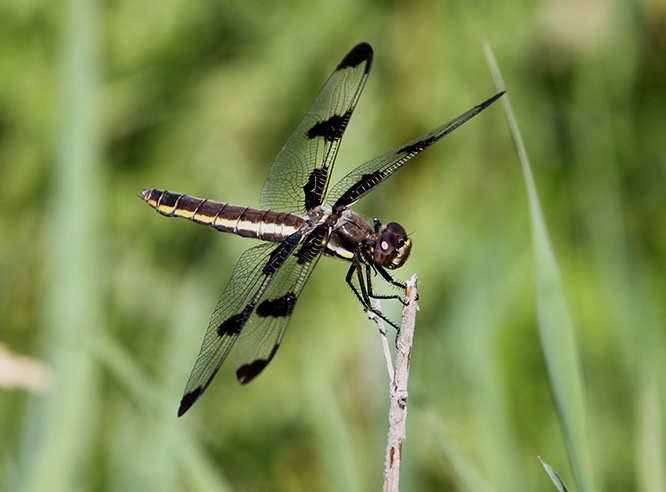Conservationists are alarmed by significant reductions in insect populations worldwide. Based on recent biodiversity surveys and entomological studies, scientists estimate that more than 40% of the world's insect species (class Insecta, phylum Arthropoda) are declining, with about one-third of all insects threatened with extinction by the end of the twenty-first century. Consequential reductions have been observed in the total number of individual insects and in the number of insect species, whereas the rate of extinction of insects has become eight times quicker than that of mammals, reptiles, and birds. In particular, members of the Coleoptera (beetles), Hymenoptera (wasps, bees, ants, and sawflies), and Lepidoptera (scaly-winged insects, including butterflies and moths) are the most significantly endangered terrestrial insects. In addition, various aquatic insects are similarly impacted—most notably, members of the Ephemeroptera (mayflies), Odonata (dragonflies and damselflies), Plecoptera (stoneflies), and Trichoptera (caddisflies). Entomologists predict that the current biodiversity crisis among insects will disrupt the intricate balance of ecosystems, food webs, and ecological communities (including those involving humans) dramatically and swiftly. See also: Biodiversity; Coleoptera; Ecological communities; Ecosystem; Endangered species; Ephemeroptera; Extinction; Food web; Hymenoptera; Insecta; Lepidoptera; Odonata; Plecoptera; Population ecology; Population viability; Trichoptera

The factors detrimentally affecting insect biodiversity endure for the same reasons that scientists consider the present-day era to be a mass-extinction event known as the Anthropocene extinction, which is primarily the result of anthropogenic activities (that is, activities related to or resulting from environmentally destructive human actions). For example, habitat destruction and the consequent conversion of natural habitats to areas of either intensive agriculture or urbanization are the chief drivers of insect loss. Other contributing factors include agrochemical pollution (especially that attributed to harmful chemical pesticides and fertilizers), invasive species (including invasive pathogens), and global climate change. Together, these factors have reduced the abilities of insect populations to adapt gradually to stressful environments. Instead, ecological conditions have deteriorated or shifted speedily and to such an extent that many insect species are unlikely to survive. See also: Adaptation (biology); Anthropocene extinction; Fertilizer; Global climate change; Global warming; Insect physiology; Invasion ecology; Invasive species; Pesticide; Physiological ecology (animal); Temperature adaptation in animals
The consequences of massive insect diversity loss are far-reaching because insects undertake ecological tasks that cannot be replicated by artificial means or techniques. Most importantly, insects are responsible for the pollination of numerous crops and plants around the world. Without this vital function provided by insects, the production of much of the world’s food would be jeopardized. In addition, insects are a major food source for many animals. As a result of insect number reductions and insect extinctions, various predatory animals that feed on insects are facing concomitant declines in their respective numbers. For example, in certain areas, insectivorous lizards and birds are experiencing abundance losses of 50% due to decreases in insect populations. Thus, agricultural scientists and conservationists are highlighting the importance of slowing and ultimately ending the current insect biodiversity crisis through a variety of methodologies, including the adoption of more sustainable agricultural practices and natural bioremediation techniques, as well as the design and implementation of alternative strategies that can reduce habitat conversion and halt habitat destruction. See also: Agricultural science (plant); Bioremediation; Conservation of resources; Conservation of species; Economic entomology; Pollination; Predator-prey interactions





